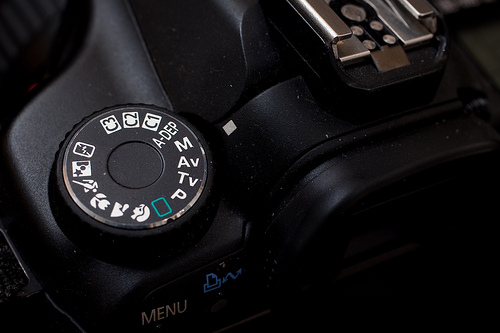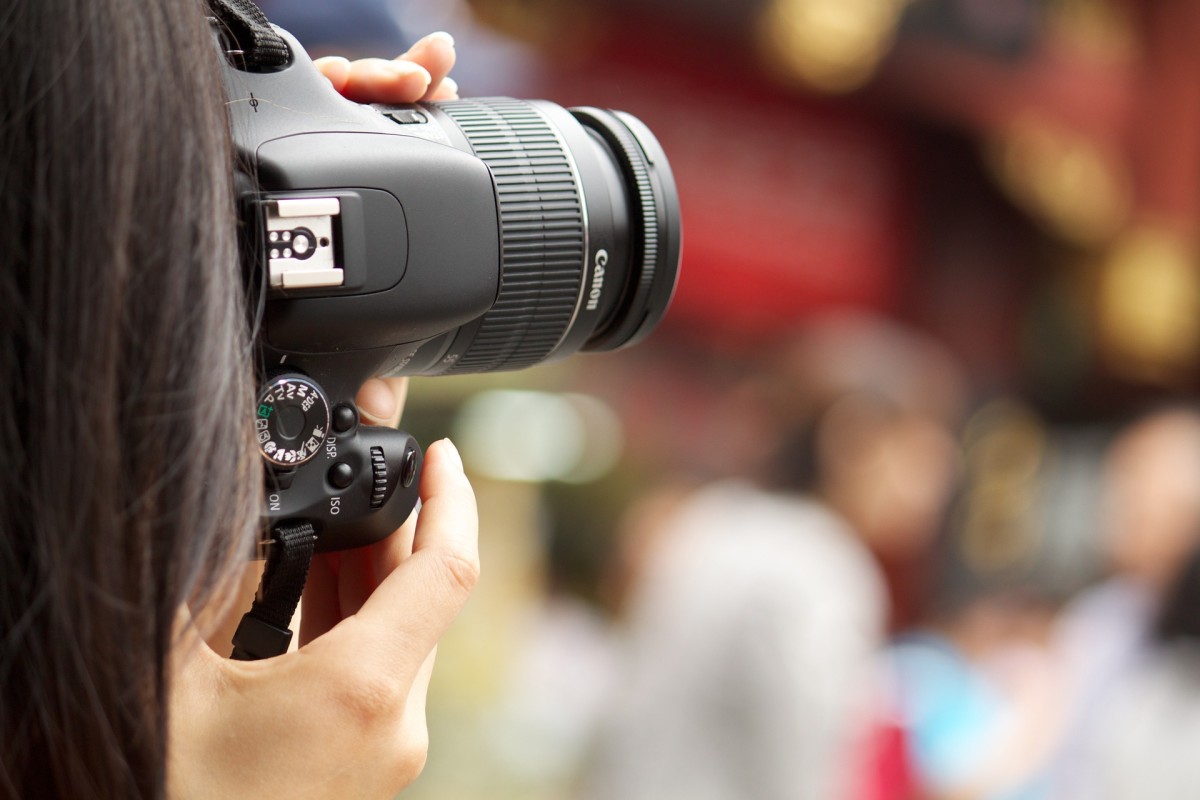- HubPages»
- Technology»
- Consumer Electronics & Personal Gadgets»
- Portable Electronics
Manual Mode is Just Another Camera Mode

Sometimes folk may speak of the Manual Mode of camera as some lofty mode that if you can use it well, then you have finally graduated from the realms of amateur photography. The truth is that the manual mode of a camera is just another mode. In the era before digital cameras, it was the only mode, and photographers had to manipulate the trinity of aperture, shutter speed and ISO to attain a desired exposure.
Manual Mode is the Fundamental Mode
Therefore, manual mode is actually a basic mode -- even a fundamental mode for understanding the mechanics of how your camera can capture perfect exposure. It’s similar to driving a car, in which you have to understand how to manipulate clutch, gear and gas to cause the car to start off or go up a hill without a hitch. When you move on to driving an automatic car, you may more be more in-tuned to when the car automatically changes gears.
Manual Mode is 'Not Better than' Other Modes
Manual mode is not ‘the’ mode -- it’s not ‘better than’ priority, program and other modes, but there are cases in which you may need to use this mode to achieve particular photographs. In other words it may be best to use Manual mode in a certain situation, whereas it may be better to use a priority mode or program mode in another.
Flexibility and Independent Selection of Shutter Speed, Aperture and ISO
In manual mode, you have the flexibility of independently choosing settings for all three components of exposure but it also may pose a challenge -- a learning curve even. But with patience and practice, you will become faster in doing this.
Light Metering in Manual Mode
The light meter in your camera is your guide in choosing the settings for a particular scene. The light meter will, in a sense, work differently in manual than other modes. In other modes, the camera has some amount of decisions to make. In Program mode, the camera chooses aperture and shutter speed, while you choose ISO. In Shutter Priority and Aperture Priority mode, you choose the shutter speed and the aperture value respectively, while the camera chooses the other relevant parameter.
The ‘Right’ Manual Settings doesn't Mean they are Right for you
When you point your lens at scene, you allow your meter to measure and indicate what may be needed to achieve a good exposure. For instance if you half press your shutter in manual mode, and the exposure compensation pointer points at the center, i.e. it reads zero, it m means that you have the right aperture, shutter speed and ISO settings in place. But just because you’ve gotten the settings right, doesn’t mean it’s right for you. This is where the beauty of using manual mode comes into play, because you have the flexibility of shifting around settings to suit your intentions. Say for instance you metered a scene with the settings such as:
Shutter Speed: 1/10 sec
Aperture: f/6.3
ISO: 400
Right Exposure Settings but Shutter Speed too Slow
Now the problem with this is that the shutter speed may be too slow for you to capture a sharp shot, unless of course you are using a tripod of some other stabilizer. In this case you’re taking the shot handheld, you may increase your shutter speed which will cause the exposure compensation pointer to be less than zero inferring that if you take the shot, the image will turn out underexposed. To deal with this, you can increase your aperture -- use a larger f-stop -- and increase your ISO (if you may) until the pointer returns to zero.
ISO Settings May be Subjective to the Photographer
ISO is somewhat of a subjective matter, and you may choose not to go beyond a certain ISO value because by increasing it you may introduce more noise into the image. Some D-SLRs work better than others with regard to ISO, and you’ll have to understand the capabilities of your camera when using it. Then again, noise may add a creative touch that you want in the particular image that you are making.
Metering Issues
Issues may arise when you are metering a scene. To meter, it’s better to point your lens at region where it’s grey -- more specifically 18% grey as in a 18% grey card, otherwise known as a white balance card. Your camera uses 18% grey as it’s reference point. If you get it right, your darks and lights will be expressed in their right colors. There are instances where you may not get it right, and using the exposure compensation is a method to deal with this.
Shooting in manual is a great learning experience, but it can be frustrating if your don’t understand the basics of shutter speed, aperture and ISO. These three elements are what affect the exposure of a scene, and it’s the same three that are utilized in every other camera mode. It’s just that in Manual mode, you have the independent control over all three elements. It's the fundamental mode, and every photographer should know how to use it well, but once you do, it doesn't mean you should do away with other modes.



